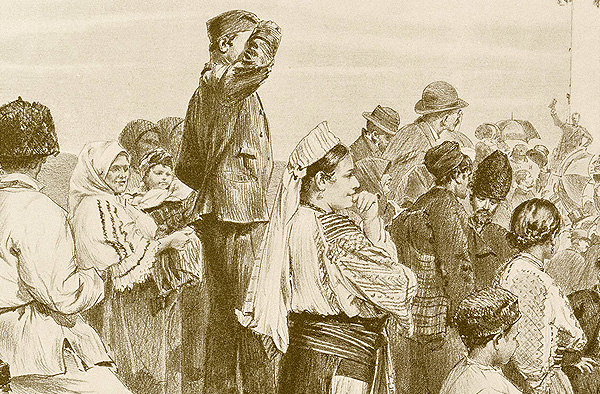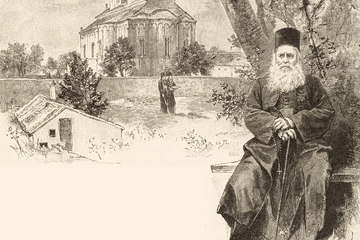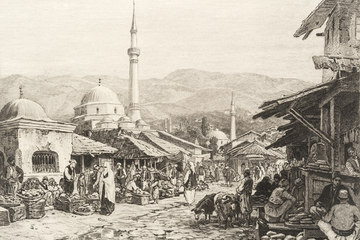The Serbo-Croat language group
In the Habsburg Monarchy no distinction was made, as today, between the Croats, Serbs and Bosnians as southern Slav ethnic groups. Because of the great similarity of the languages, the speakers of this group of languages were known collectively as ‘Serbo-Croats’. For statistical purposes the Austro-Hungarian bureaucracy inquired only about language but not about the national, cultural or confessional identity.
Confession is normally used to differentiate within the Serbo-Croat language group. In simple terms the Croats were Catholic, the Serbs orthodox Christians and the Bosnians Muslims.
The move towards nationhood of the Serbs, Croats and Bosnians reflects the chequered historical development of the region at the borders of central and south-eastern Europe. The individual ethnic groups were confronted in this process by extremely different challenges.
During the nineteenth century, the young southern Slav national societies were caught up in a vicious circle of nationalist extremism. There was fierce competition between the different concepts espoused by the Croats and the Serbs, both of whom claimed leadership in the creation of a ‘southern Slav nation’. The conflict between the federative concept of Yugolavism and the greater Serb and greater Croat nationalism were even to survive the collapse of the Habsburg Monarchy.










